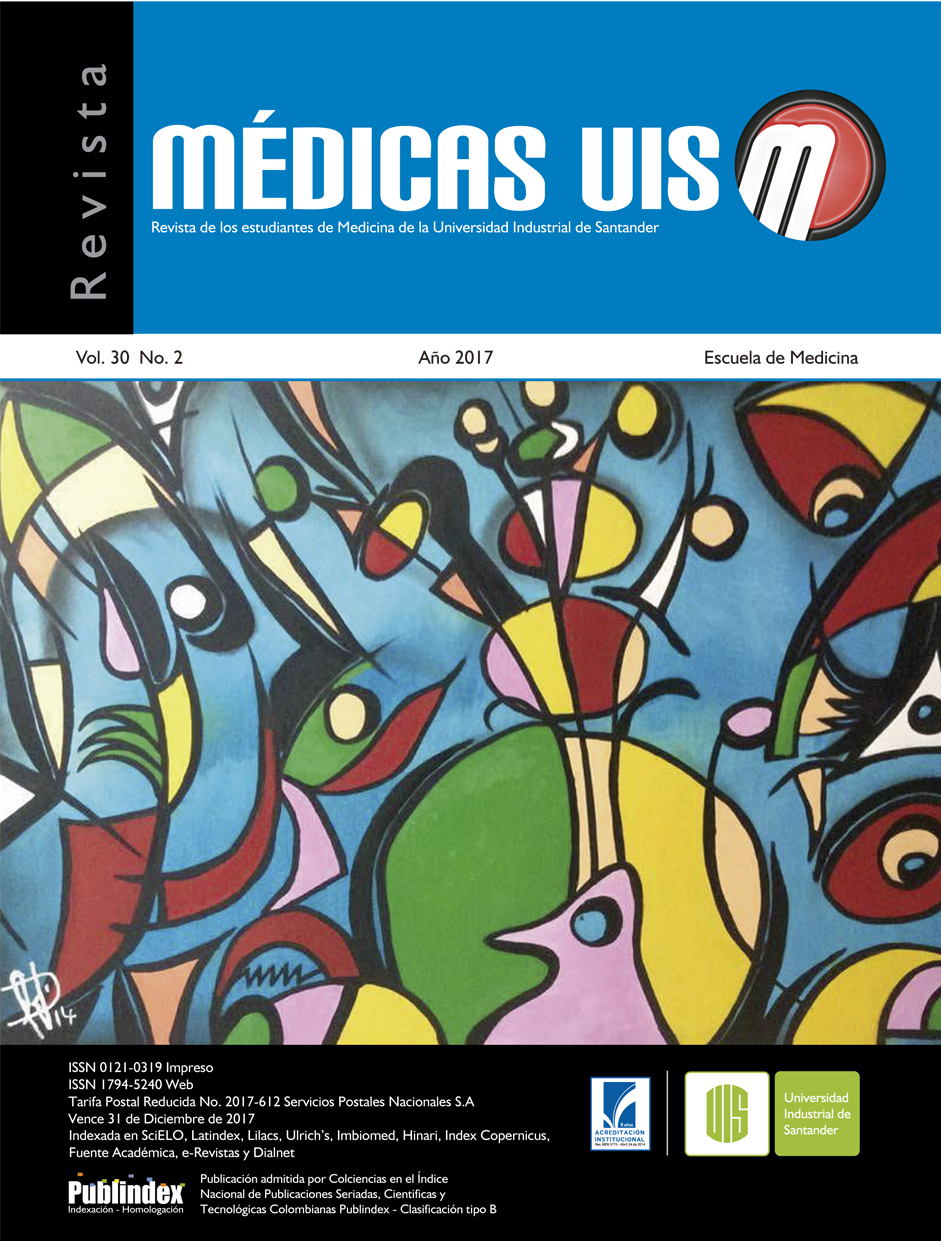Abstract
Among the many processes responsible for antimicrobial resistance, inappropriate antibiotic use and self-medication are major public health concerns. To tackle antibiotic resistance and its widespread misuse, is important to identify the social, cultural, and economic differences associated with the problem. Objective: to determine the percentage of antibiotics used without medical prescription in children under five years old with symptoms of upper respiratory tract infection according to their families’ socioeconomic characteristics in Ecuador. Materials and Methods: a cross-sectional design was set, using a structured questionnaire to assess mothers who attended urban and rural primary health care units with their children under five years old and belonged to the middle or lower social strata. A sample of 947 individuals was obtained from February to April 2011. Informed consent was acquired from those willing and eligible participants. The descriptive analysis used frequencies, percentages, means, standard deviation and chi-square. Quantitative information was processed using SPSS version 17. Results: those from lower socioeconomic strata used antibiotics to treat symptoms of upper respiratory infections of their children without medical prescription in a higher percentage (35.57%) than middle socioeconomic strata (27.7%, p<0.01). Mothers who had university level education had more knowledge about measures to prevent antibiotic resistance (57.14%) than those with only a primary school education (13.59% p<0.05). Conclusion: antibiotic use in children under five years old with symptoms of upper respiratory infection is high, mainly among those study participants corresponding to lower socioeconomic strata who mostly live in the rural area. MÉD.UIS. 2017;30(2):21-7.
Keywords: Drug Resistance, Microbial. Self medication. Social Class. Social Determinants of health.

This work is licensed under a Creative Commons Attribution 4.0 International License.
Copyright (c) 2017 Médicas UIS
